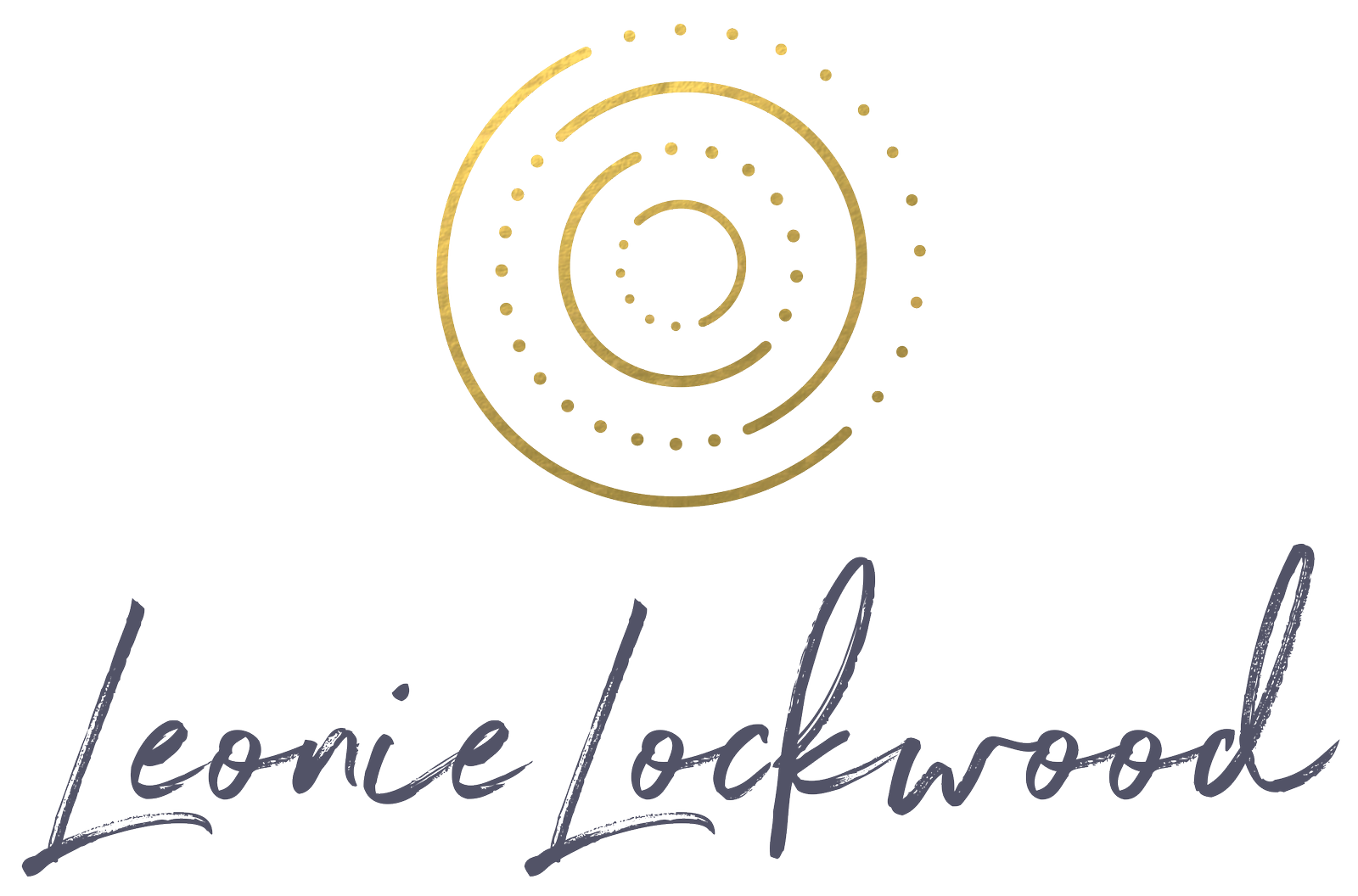The 7 principles of Yin yoga practice have evolved from the 3 guiding principles of Yin yoga developed by international Yin Yoga teachers Sarah Powers and Bernie Clark.
Since then these principles have been expanded upon by Joe Barnett, assistant to Paul Grilley, Yin yoga’s founder and others.
And now I’ve taken the liberty to further tweak these principles and create my 7 principles of a Yin yoga practice. These have helped me get the best out of my body, mind and spirit in my Yin yoga practice.
1. Know your target area
As a teacher guiding others, it’s important that you know your anatomy so you can convey the intent and function of a pose to your students. In the Paul Grilley method of teaching Yin yoga, a target area refers to the 14 skeletal segments and/or the 10 myofascial groups. We target one or more of these with our poses.
2. Come into your pose at an appropriate edge
Non-aggressively, sensitively move to where the body stops you. This stoppage is often influenced by our thoughts and feelings of where our edge at any particular given moment.
Pull back from the edge to around 60-70% of effort. The time that you are in the shape will help you soften in a relaxed manner to the edge and beyond.
If we enter the pose too aggressively, the central nervous system activates the stretch reflex and we create resistance in the tissues. This usually sets up resistance in the mind and emotions, upsetting the flow of Prana or Qi, which may lead to energetic dysfunction.
3. Be still and muscularly soft
As you enter a pose, takes some small movements to ‘wake’ the structures and increase your somatic awareness of your edge before sinking into the sensation of stretch (slow, tensional loading of myofascial tissues).
After 1-2 minutes in the pose, the tissues undergo a change moving from a more solid gel like state to one that is more soluble. This is known as thixtrophy – the gel/sol change.
As we relax more deeply into the pose, our tissues may yield and bring about slight movement. We might also notice we’ve gone beyond our edge and may need to back out of the pose somewhat or use the support of props to help us yield more gently into the poses.
The invitation to stillness allows us to work on our presence physically in the pose as well as our mental and emotional presence, increasing our somatic vocabulary.
From time to time, we might add some slow mindful movement. Using curiosity to help refine our understanding of how the different parts of the body are connected.
4. Time
As we spend time in the pose, we pool Qi at the joints, we cultivate our receptivity to experiencing a broad range of feeling and sensation and nourish the sinew meridian channels.
Time allows for:
• Gravity to work on the body (dependent on the pose).
• To scan our edges – physically, emotionally, mentally.
• To work with mantra, breath or other ‘anchors’ that may assist us in being present.
• To practice self-inquiry:
o How does my body feel? Is this sensation non-injurious or injurious for my body?
o What emotions am I experiencing? How do they feel in my body?
o Where are my thoughts? Am I present or am I thinking of the future/past/rehashing/rehearsing conversations?
o Can I be present in the here and now, accepting all that arises?
5. Come out slowly
Allow the body to unfold gently and mindfully, letting the tissues resettle, the pooled Qi to move around the body. At this time, we might feel achy, old, vulnerable both physically and emotionally. These are all normal experiences and part of the process of observation and reflection.
6. Explore the rebound of the pose
This is the time when the body bounces back from the pose. Just like a ‘rebound relationship’ we are working through change mentally, emotionally and physically and spiritually.
The tissues that have been stretched and compressed whilst we are in the pose move back to their resting length. Over time, and with repeated practice this resting length will change. To make the change stick, you need to continue to practice. This is known as creep.
When we spend time exploring the internal physical sensations, we are increasing our interoceptive capabilities which leads us to better self-care and boundaries.
When we spend time resting in our emotional response/s to the pose we are increasing our emotional experience and vocabulary.
As awareness grows of our mental response/s, we can more easily make the link to the emotional and physical. We might then be able to choose how we respond mentally and emotionally to the pose and its aftermath.
You can read more on the rebound here.
7. Yin needs Yang
Lastly, our body needs balance. Too much Yin makes us sloth like, just as too much Yang can make us like the energiser bunny. It’s important on all levels – physically, emotionally, mentally and spiritually to find a balance.
Each time our practice offers us something to focus on, to increase awareness of. In this way it provides endless opportunity for exploration.
Want to learn more about Yin Yoga? Then join me for my livestream + online 50 hour Yin Yoga Teacher Training

